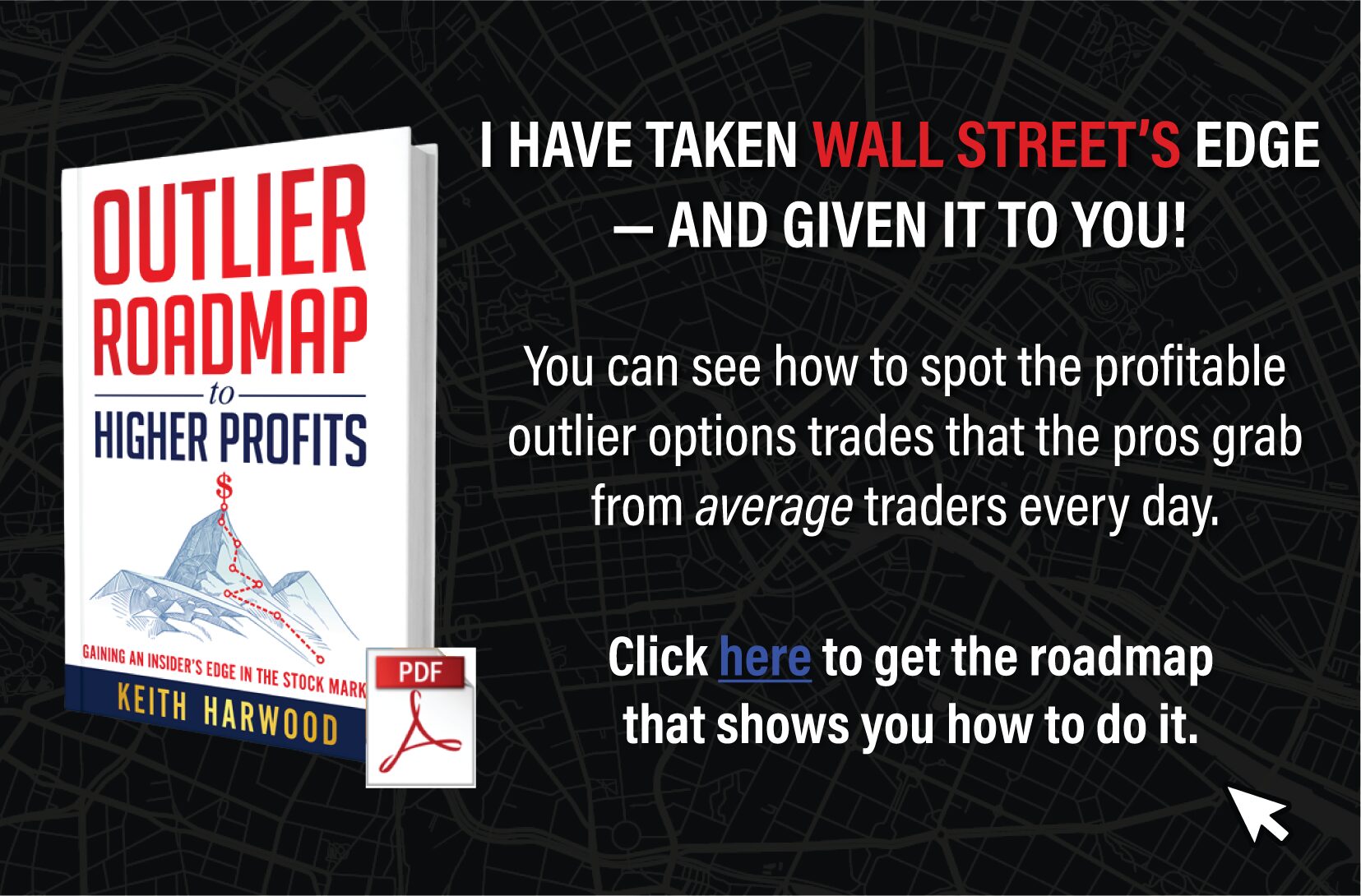by Rob Roy
Strangles differ from Straddles only by the fact the trade uses two separate strikes rather than the same strikes as in a Straddle. The risk graph below shows what the P&L of a Strangle would be. For the Strangle risk graph, imagine for a moment the stock is trading at $50.00 per share. The trader would need to purchase one out-of-the-money (OTM) call, and one OTM put. In this case, the trader bought one of the 54 strike calls and one of the 46 strike puts to create the Strangle. To create a true Strangle the trader must keep the strikes equidistant from where the stock is trading (in the real world… this isn’t always possible). The total cost of the call and the put is $2.00. To keep this simple we will assume each option cost $1.00.

With this Strangle, notice the range on the stock is wider where the trade would incur maximum loss. This is due to the trader purchasing a further out strike on both the call and the put. The stock needs to move further at expiration, for the trade to show a profit, compared to the Straddle.
The trade off the trader made for purchasing the strikes OTM to create the Strangle is that the option prices are a lower cost than the options at-the-money (ATM). In this example, if the stock were trading between $46.00 and $54.00 at expiration, the Strangle would incur maximum loss. The reason for the loss is the same as the Straddle in that the options used for the trade only contained time and implied volatility (IV) value, which at expiration of the options, is zero.
The Strangle would show a profit if the stock was to trade over $56.00 per share at expiration. To calculate the upside break-even on a Strangle, take the strike price used for the call – in this case 54 – and add the cost of both options – in this case $2.00. This gives the Strangle example used here a break-even rate of $56.00. Any amount the stock is trading over $56.00 per share at expiration now becomes profit to the trader.

On the downside, the stock would need to trade below $44.00 per share. Calculating the downside break-even rate on a Strangle is done by taking the strike price used for the put option, in this case 46, and subtracting the total cost of the options, in this case $2.00. This gives the Straddle example used here a break-even of $44.00 on the downside. Any amount the stock is trading below $44.00 per share at expiration becomes profit to the trader.
Knowing that option traders who purchased options will not hold them until expiration, take a look at the graph below which illustrates a Strangle risk graph that includes a timeline representing the day the trade was placed. If the stock were to move “today,” the timeline illustrates the profit or loss the trade would incur. On a Strangle, the trade would gain a profit from any movement from the stock either up or down. It is not likely the stock will make the trader’s full projected move up in one day. Just like the Straddle trade, the trader will want to see multiple time slices to view what the Strangles risk may be at different points in time.

You can also add multiple timelines, which will show in the graph as dotted lines, each a different color. Regardless of the actual time left to expiration, what the risk graph shows a trader is that the closer to expiration the trade is held, the bigger the loss if the stock does not move; and the faster time decay affects their position the closer the Strangle gets to expiration.
Here is another instance when timelines can mislead the trader. While they do represent the P&L for a trade at that timeline, the timelines themselves can be affected by several factors; the largest of which is implied volatility. This is yet another example of why a trader needs to first understand the basics of how an option operates and the effect of implied volatilities on the position being traded.









Recent Comments